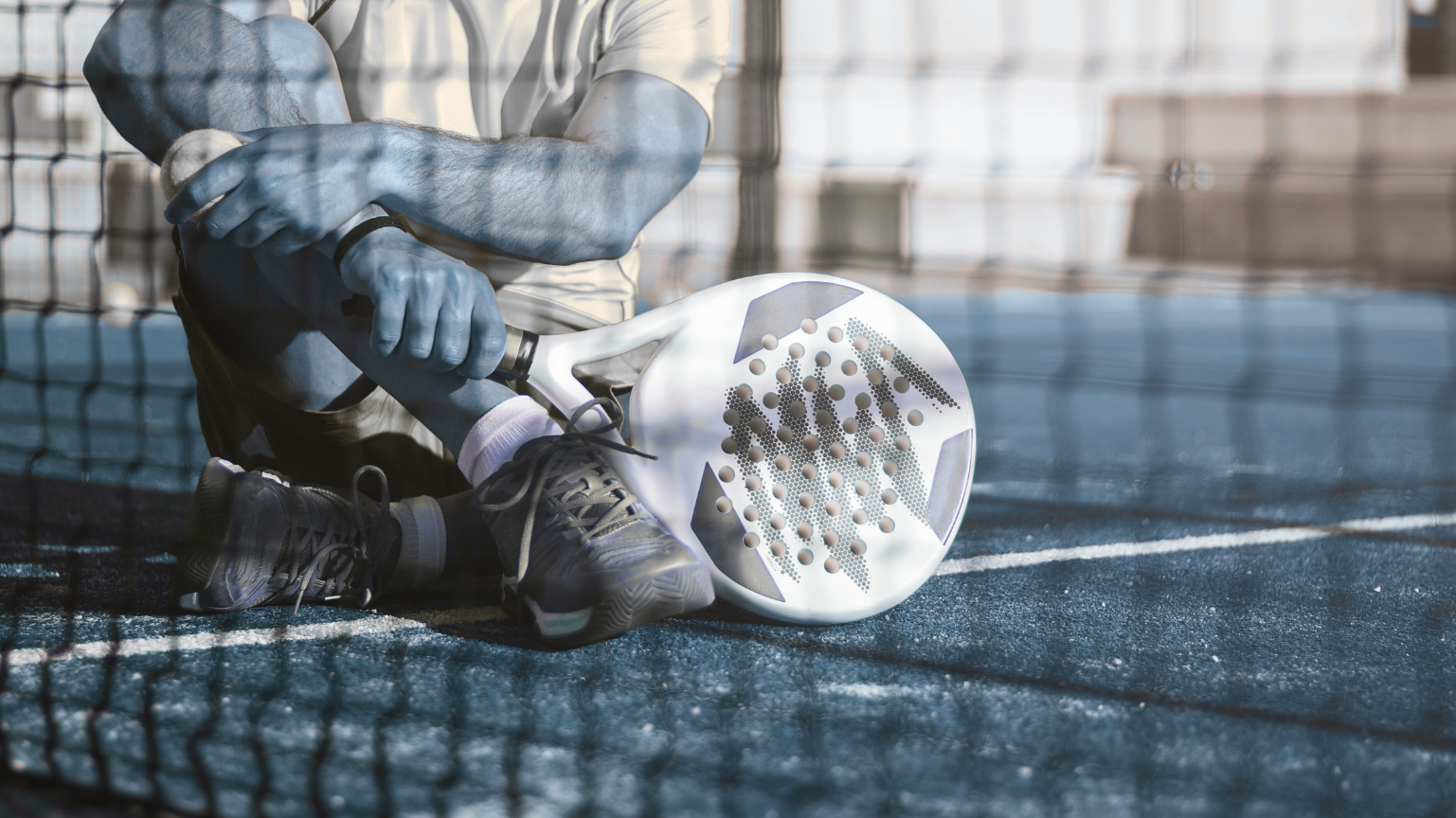The Padel Player's Guide to Injury Prevention: 5 Essential Tips
In the exhilarating world of padel, it's easy to get caught up in the thrill of a match and push our bodies to their limits. Unfortunately, this often comes at a cost. You’ve likely heard stories of friends getting injured on the court, or perhaps you've experienced it yourself.
From my years of experience as a fitness coach working with athletes, I've observed a common trend: the incredibly social and welcoming culture of many padel clubs often lacks a focus on crucial physical preparation and injury prevention. A proper warm-up, dedicated recovery, and a smart approach to fitness are often overlooked.
That’s why I've put together my top 5 tips to not only help you reduce your risk of injury but also enhance your performance and ensure you can enjoy the game you love for years to come.
Tip 1: The Power of a Proper Warm-Up (More Than Just a Few Stretches)
Please do not skip this step! The outdated warm-ups we learned years ago are simply not enough for a dynamic sport like padel. A proper warm-up serves to increase your body temperature, activate key muscles, and prepare your joints for the fast-paced, explosive movements of the game.
Before stepping onto the court, your warm-up should include a combination of dynamic movements and joint mobility exercises. Think leg swings, torso twists, and light side-to-side movements. This primes your body for action, dramatically reducing the risk of strains and sprains.
Tip 2: Stretching Isn't Always the Answer (Focus on Muscle Activation)
While stretching has its place, it's not the magic solution for injury prevention, especially before a match. In fact, static stretching (holding a stretch for 30 seconds or more) can sometimes reduce power output if done before a game.
For padel, the key is muscle activation and mechanical tension. This involves exercises that fire up the muscles and tendons you will rely on most—like those in your glutes, shoulders, and core. By building mechanical tension, you prepare these tissues for the high-intensity bursts and powerful shots that are unique to padel.
Tip 3: Improve Your Mobility, Improve Your Game
Padel requires a wide range of motion. From lunging for a drop shot to twisting for a backhand volley, your joints and muscles need to move freely and efficiently. Limited mobility is a leading cause of injury. When your ankle or hip lacks the necessary range, the stress is transferred to other areas, like your knee or lower back.
By incorporating exercises to improve the efficiency and range of motion in your joints, you can execute movements with greater ease and less strain. This not only makes you more agile on the court but also significantly reduces the stress on your body, preventing injuries caused by forced, unnatural movements.
Tip 4: Post-Match Recovery is Non-Negotiable
The work isn't over when the match ends. Proper recovery is just as important as the game itself. Neglecting your body after a high-demand match can lead to chronic fatigue and increase your susceptibility to future injuries.
Your recovery plan should include a mix of static stretching to lengthen muscles and a cool-down period to bring your heart rate down. Don't forget the fundamentals: proper hydration and nutrition. Replenishing lost fluids and nutrients helps your body repair and rebuild, ensuring you're ready for your next session.
Tip 5: The Right Racket is a Tool for Your Body, Not Just Your Game
Many players focus on finding a racket that delivers power or control, but have you considered how it affects your body? The wrong racket can be a major source of injury. A racket that is too heavy, too stiff, or improperly balanced can lead to repetitive stress on your elbow, shoulder, and wrist.
For example, a racket with too much vibration can contribute to common issues like "padel elbow." Choosing a racket that suits your physical build and playing style is a form of injury prevention. It’s a tool that should help your body, not work against it.
Your performance on the padel court is directly linked to the health and readiness of your body. By implementing these 5 simple best practices—from proper warm-ups to choosing the right equipment—you can significantly reduce your injury risk and ensure you can keep playing the game you love for years to come.


